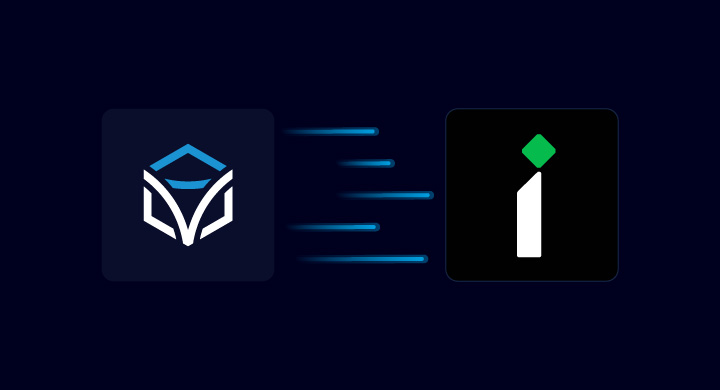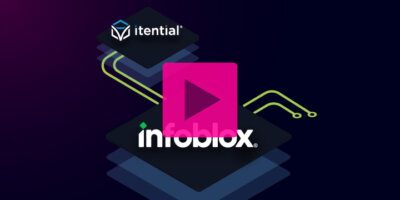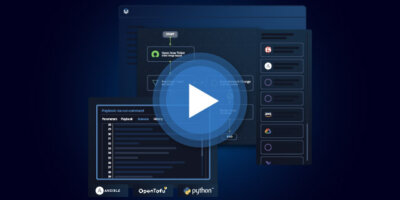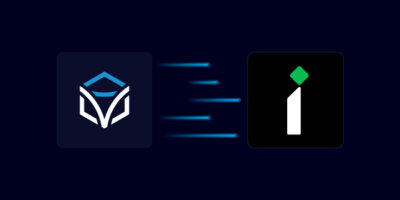Infoblox is an essential part of today’s enterprise network — powering the core services that keep everything connected: DNS, DHCP, and IP address management (DDI). If you use it, you know how critical it is. You also know it can become a frequent stop for engineers any time a new service, app, or remote site needs to come online.
But here’s the thing: Infoblox does its job incredibly well — so why not make it even more efficient by automating how it fits into your broader network change processes?
If your team is already embracing automation for infrastructure changes, now’s the time to bring that same speed, accuracy, and scale to DDI operations. Here’s how automating your Infoblox tasks with Itential can unlock major gains for both network engineers and their leaders.
1. Maximize Time by Automating the Repetitive Tasks
Every new network request often begins the same way: pulling critical data and details from Infoblox. Here’s how it goes:
- Look up the network,
- Check IP availability,
- Request an IP address,
- Update DNS,
- Confirm settings…
These are all vital steps — but they’re also prime candidates for automation.
By integrating Infoblox with your automated network workflows, your team can automatically query, allocate, and update DDI data as part of the change process. No more toggling between tools or manually collecting data for every request.
🧠 The takeaway: Let Infoblox do what it does best — and let automation handle the repetitive interactions so engineers can stay focused on higher-value work.
2. Ensure Accuracy with End-to-End Data Handling
Infoblox gives you authoritative, reliable data. But without automation, engineers often have to manually pull that data, reformat it, and paste it into device configs — increasing the chance for small errors with big consequences.
By automating these interactions, you not only speed up the process, you remove the risk of:
- Mistyped addresses and subnets.
- Mangled DNS records.
- Mistaken CLI commands (aka bad copy and pasting).
With automation, the right data flows directly from Infoblox to the right system — cleanly, correctly, and every time.
📉 Fewer errors = fewer delays and faster deployments.
3. Accelerate the Entire Network Change Process
Your automation efforts shouldn’t stop at routers and switches. Infoblox is part of nearly every form of infrastructure change — and it needs to be part of your automation too.
When you bring Infoblox into your orchestration workflows with Itential, you:
- Remove manual bottlenecks.
- Build fully integrated, end-to-end change processes.
- Deliver services faster and more reliably.
For network engineers, that means fewer handoffs and repetitive tasks. For managers, it means real operational gains and measurable time savings across teams.
📈 Efficiency isn’t just about devices — it’s about the whole process.
Built for Integration: Itential + Infoblox
We’re proud to be a partner with Infoblox, and our platform is built to complement and extend the value it delivers. With Itential, your team can:
- Use a visual, low-code canvas to design workflows.
- Leverage pre-built workflows for Infoblox and other systems.
- Move from ticket to implementation in a fraction of the time.
🎥 See how it works in this demo
📘 Explore our Infoblox integration
Final Thoughts
Infoblox is the backbone of reliable network services — and with automation, you can make it even more powerful.
✅ Save your engineers time.
✅ Eliminate manual risks.
✅ Accelerate change delivery across the board.
If you’re ready to unlock the full potential of your DDI services, let’s build it — together.




